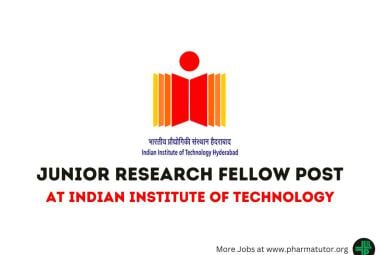HIV / AIDS EVOLUTION AND CONSIDERATIONS
 About Authors:
About Authors:
Nishant kumar singh
Research Fellow,
ICRI (Ahm) and Cranfield University
* nishantsingh.shree@gmail.com
ABSTRACT:
Over 3 decades HIV/AIDS have been a major globally accepted challenge, from endemic to a catastrophic pandemic & explodes globally. Estimates says 33.3 million HIV +ve and 2.6 million newly HIV infected people are in 2009. Since the beginning of epidemic, nearly 30 million people have died from AIDS related cause[1]. From chimpanzees to human[2] and then human to human (migration[3], MSM, HS, IDU, MTC etc) and ultimately it transformed into pandemic. After 30 years we have advanced our treatment & Medicare knowledge of HIV and AIDS. Our scientist has developed several successful targets and drugs based on them, a highly effective therapy HAART currently in use (managing viral load & cell count for better patient survival rate) showing good results. Still HIV/AIDS is incurable, WHY? It shows the need of critical thinking from the very 1st initial step i.e. TARGET. HIV itself is the target; biotech and Pharmaceutical Company must consider nanotechnology & homologous approach for CCR5. Though it seems that we have control over it but if this goes out same way, than one day just due to the HIV typical characteristic of mutation and recombination the worst Catastrophic sub Saharan-Africa epidemic will become Pandemic.[i]



 About Authors:
About Authors:  About Authors:
About Authors:  About Authors:
About Authors: About Authors:
About Authors: 







.png)

